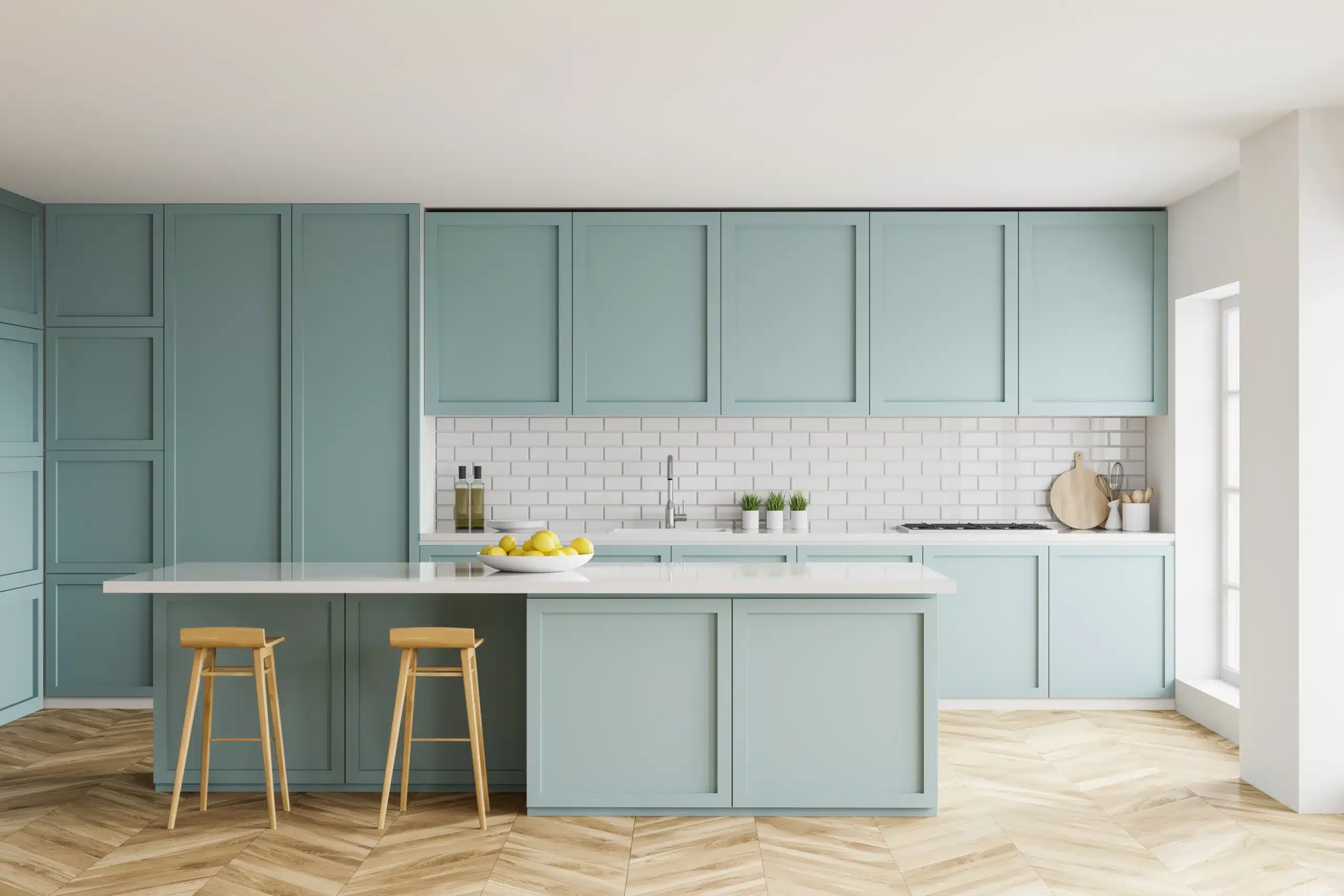
Have you dreamt of a kitchen with a seamless, custom appearance? If so, you might want to consider adding wood panels to your appliances. Known as panel-ready appliances, you can add custom-designed panels onto the front to match the rest of your kitchen cabinetry. But before you commit, you should learn about the benefits and drawbacks of this design decision.
Benefits of Wood Panels on Kitchen Appliances
1. Streamlined, Cohesive Look
Many people like wood-paneled appliances because they create a smooth, uninterrupted look throughout your kitchen. Instead of a bulky stainless steel refrigerator or dishwasher breaking up your kitchen, everything blends into the cabinetry, creating a more polished and upscale appearance.
2. Customizable Style
You can have your wood panels stained, distressed, or painted to perfectly match your kitchen’s design or your aesthetic, whether you’re going for a modern, rustic, or traditional look. You have complete control over the finish, color, and hardware. Panels also allow you to easily change the look of your kitchen if you remodel or update your cabinetry in the future.
3. Increased Home Value
A high-end, custom kitchen is a big selling point. Potential buyers often appreciate the sophisticated appearance of integrated appliances, as they can make your kitchen feel more luxurious and well-designed and increase your home’s value.
4. Reduced Visual Clutter
With all your appliances hidden behind panels, your kitchen may feel more open and less busy. This can be especially desirable for those who have a smaller kitchen or an open-concept home.
5. Protection for Appliance Doors
Wood panels can protect your appliance doors from dents, scratches, and fingerprints, potentially extending the lifespan of your units and making them easier to maintain. You’ll often only need to wipe them down with a soft cloth.
Drawbacks of Wood Panels on Kitchen Appliances
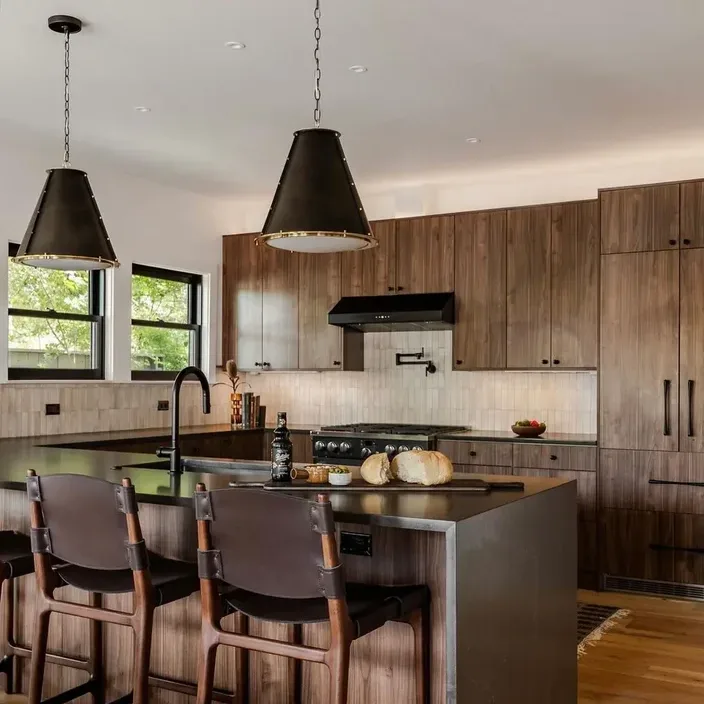
1. Higher Cost
If you want to add custom panels to your appliances, you will need to spend a bit more than you would just installing regular appliances. You’ll need to invest in panel-ready appliances (which often cost more than standard ones) and pay for the custom fabrication and installation of the panels themselves.
2. Complicated Installation
Installing wood panels on appliances requires precision and experience. You’re better off investing in professional installation to avoid any errors that can lead to alignment issues or operational problems with the appliance doors.
3. Less Flexibility with Appliance Changes
If you ever need to replace a broken-down appliance, you may need to have a new panel made to match the existing cabinetry. Finding an exact match years later may be difficult. Additionally, not every appliance brand offers panel-ready models.
4. Maintenance Challenges
Wood panels, especially painted or stained ones, can be more vulnerable to wear and tear over time. Water, grease, and frequent use may lead to fading, chipping, or warping if not properly maintained.
5. Not Ideal for All Appliance Types
While paneling works well for refrigerators, dishwashers, and warming drawers, it’s not feasible for ranges, ovens, or microwaves — which means you may still end up with some visible appliances.
Popular Wood Panel Materials
If you’re customizing panels, your choice of material will affect both the look and durability:
Solid wood — Solid wood offers a high-end feel and adds durability, but it can be more expensive and warp from the humidity.
Plywood with Veneer — This budget-friendly material provides good stability and comes in many wood grain styles.
MDF with Laminate or Paint — Laminate is the most affordable and easiest to paint. It provides a smooth, modern look, but doesn’t hold up well over time.
Matching the panel material to your existing cabinetry ensures a seamless finish.
Cleaning and Maintenance Considerations
Unlike stainless steel, which is often easy to wipe down, wood panels need special care:
- Dust and clean regularly with a damp cloth and wood-safe cleaner.
- Avoid harsh chemicals that could strip the finish or discolor the wood.
- Check for warping or swelling in high-moisture areas, like near dishwashers.
Some homeowners opt for faux-wood or laminate options that mimic the look of wood but have fewer maintenance concerns.
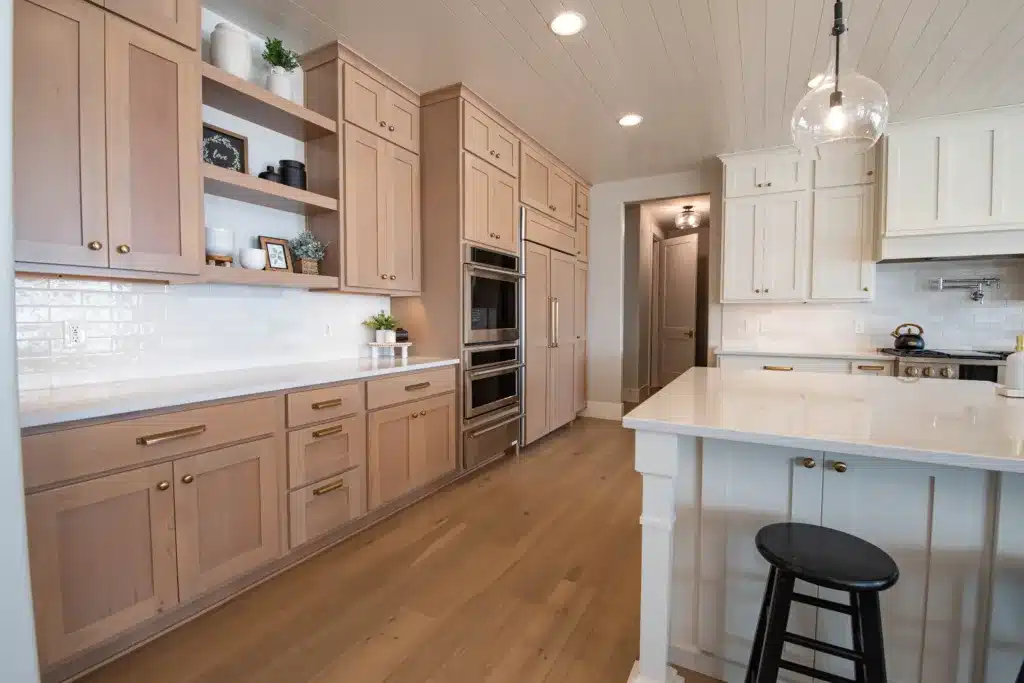
Wood Panels — A Unique Upgrade For Your Kitchen
Adding wood panels to your kitchen appliances can elevate your kitchen design and create a seamless, custom look. However, this decision isn’t just about aesthetics; you should consider the cost, maintenance, and long-term flexibility. If you’re planning a kitchen remodel and want a polished, high-end finish, consider adding panel-ready appliances for the perfect touch — just be ready for the investment.



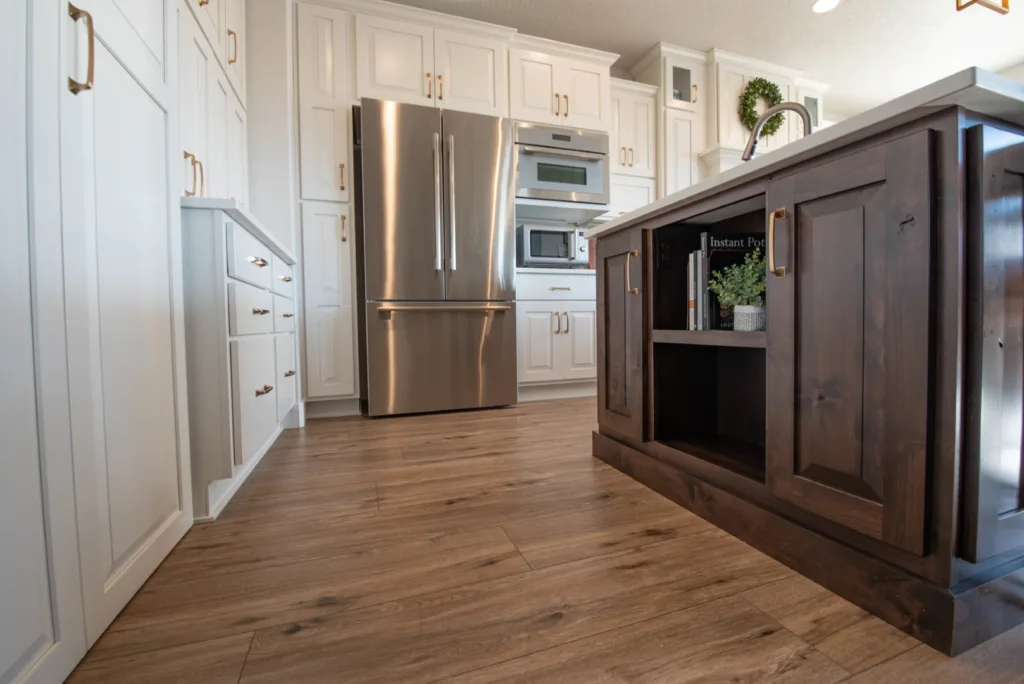
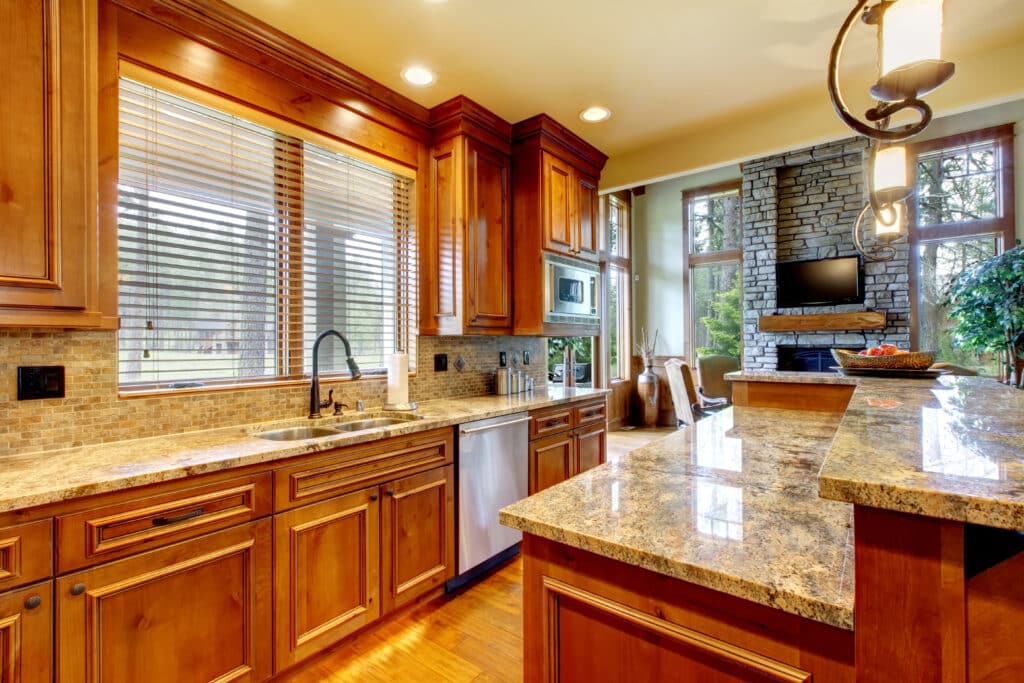

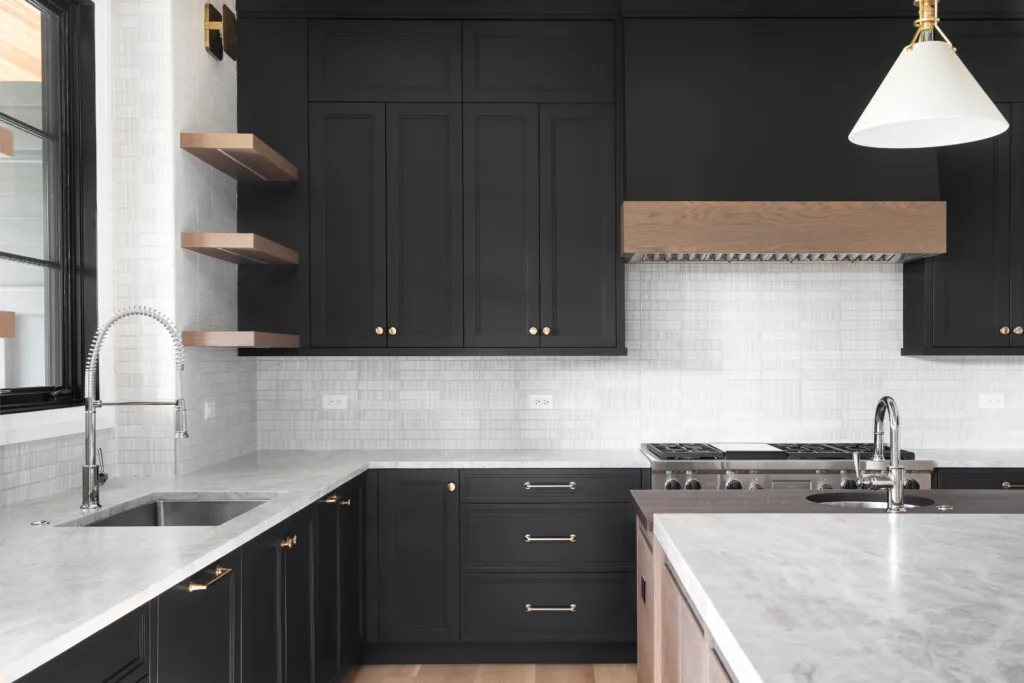
Follow Us